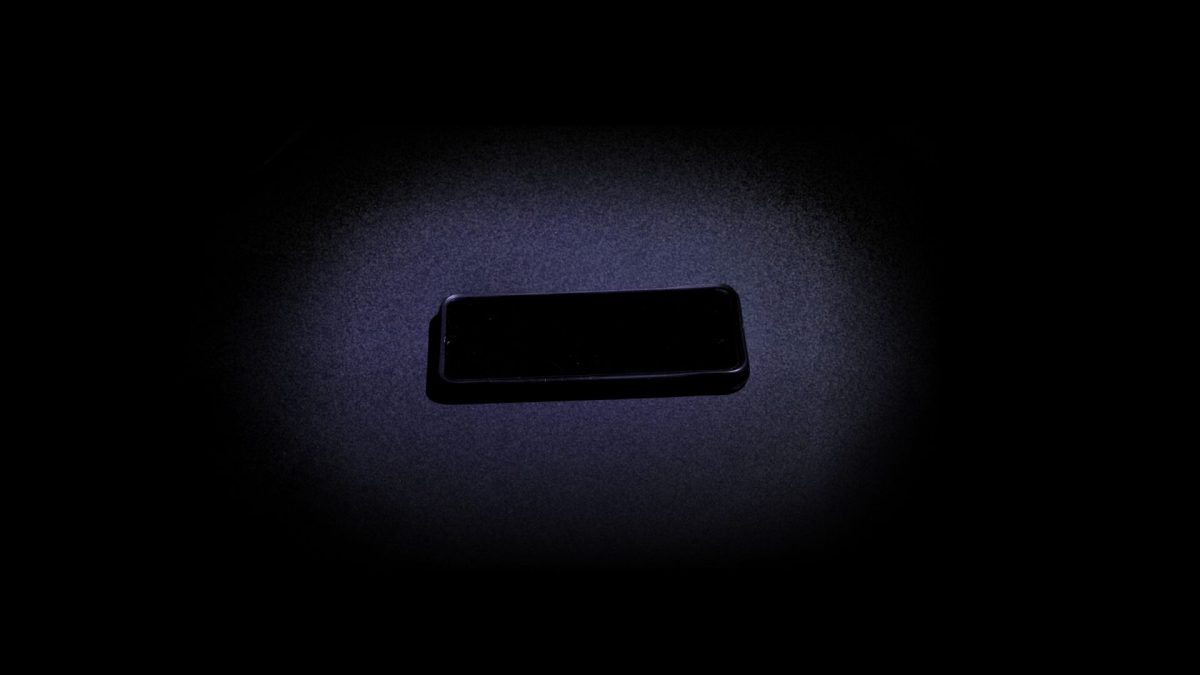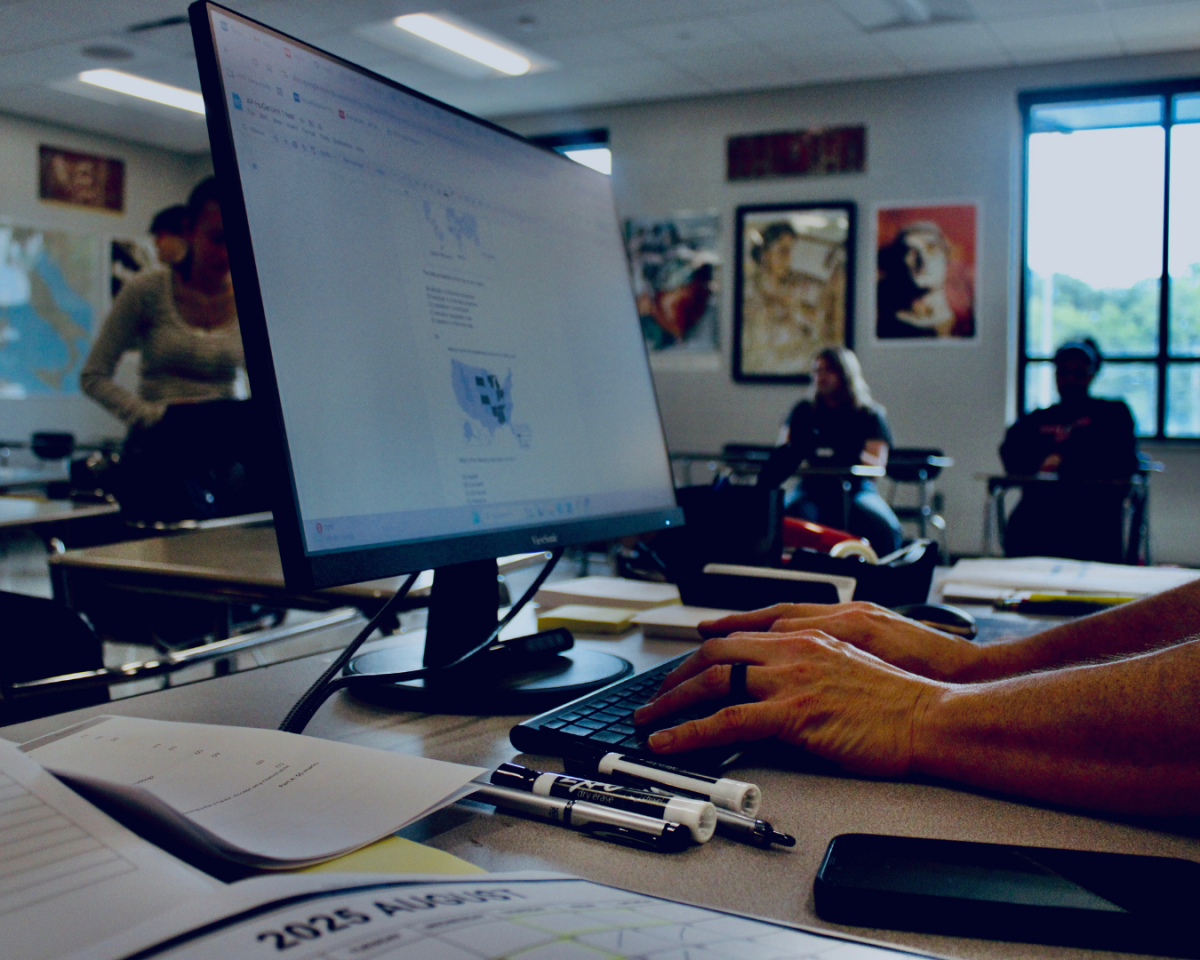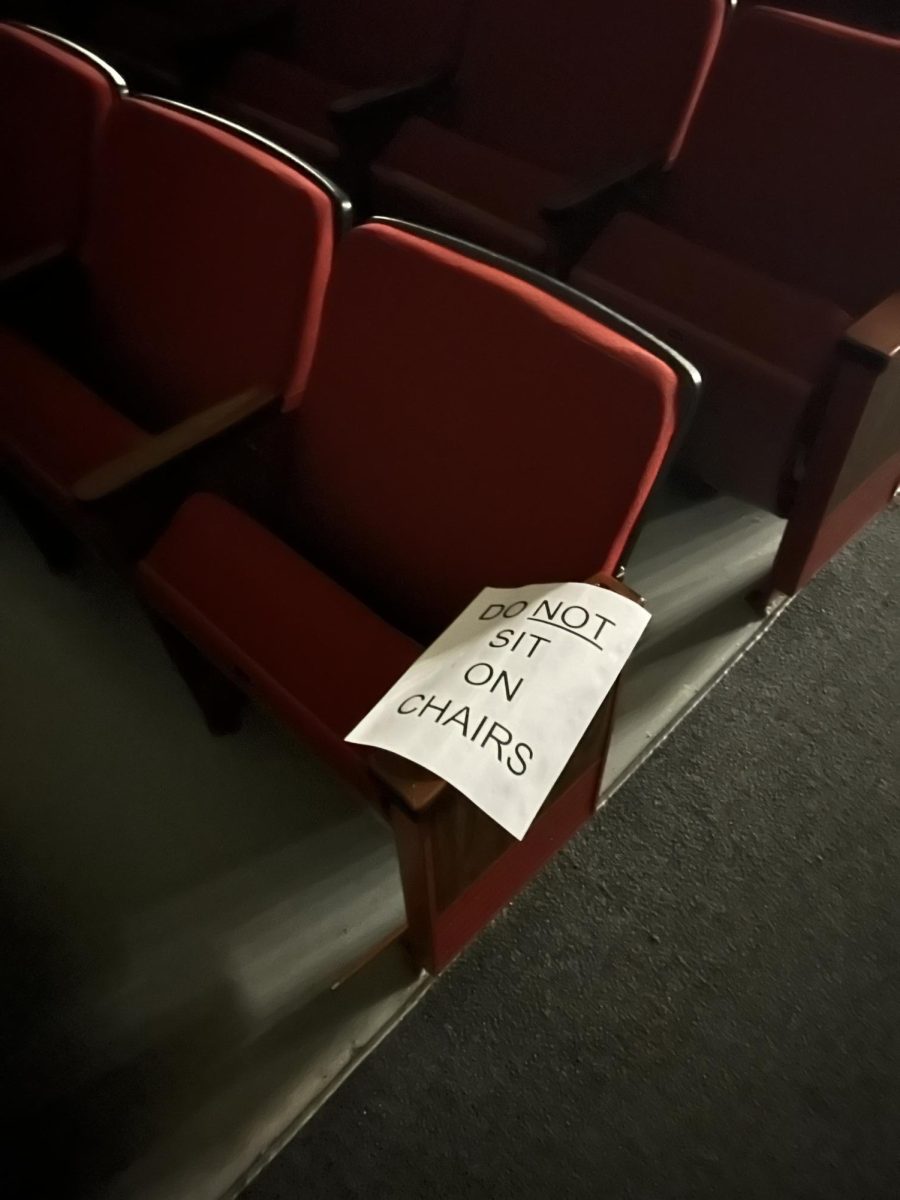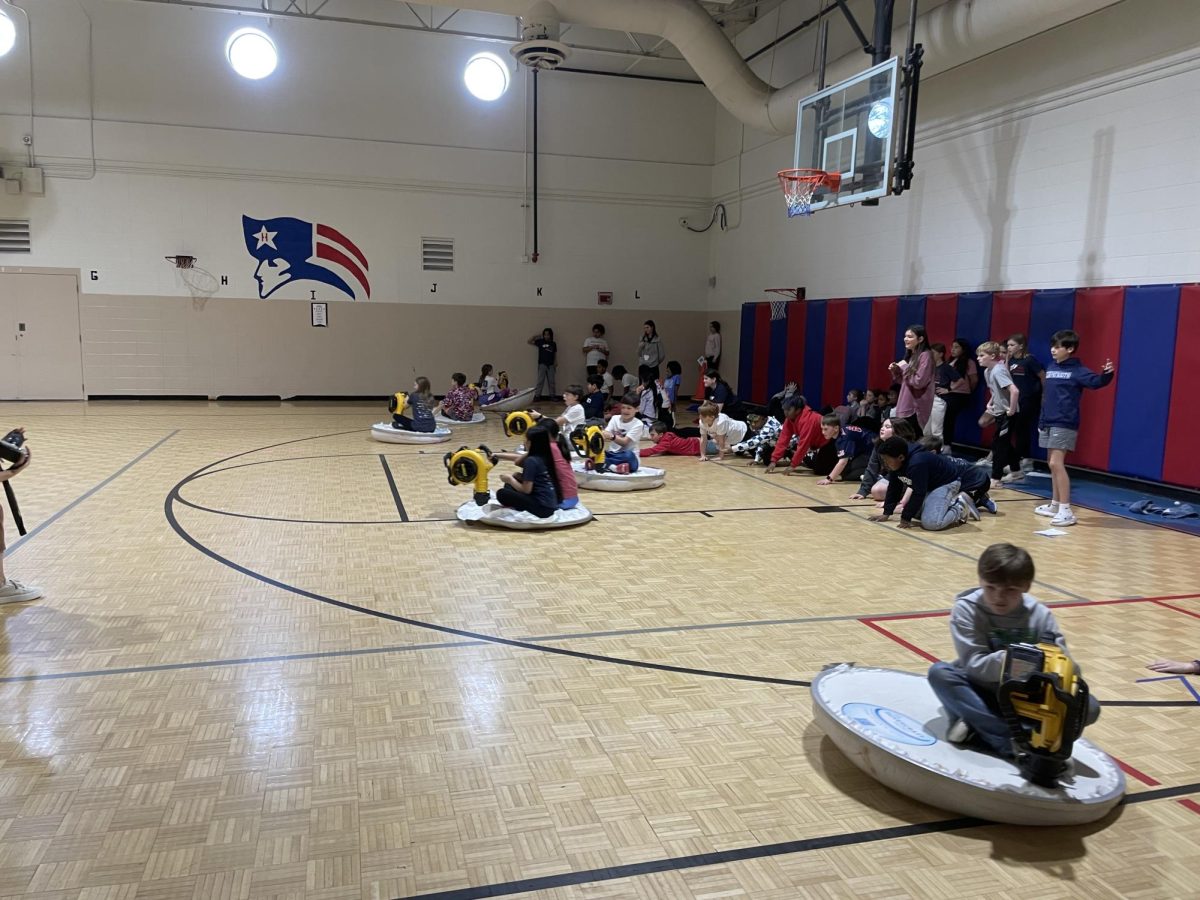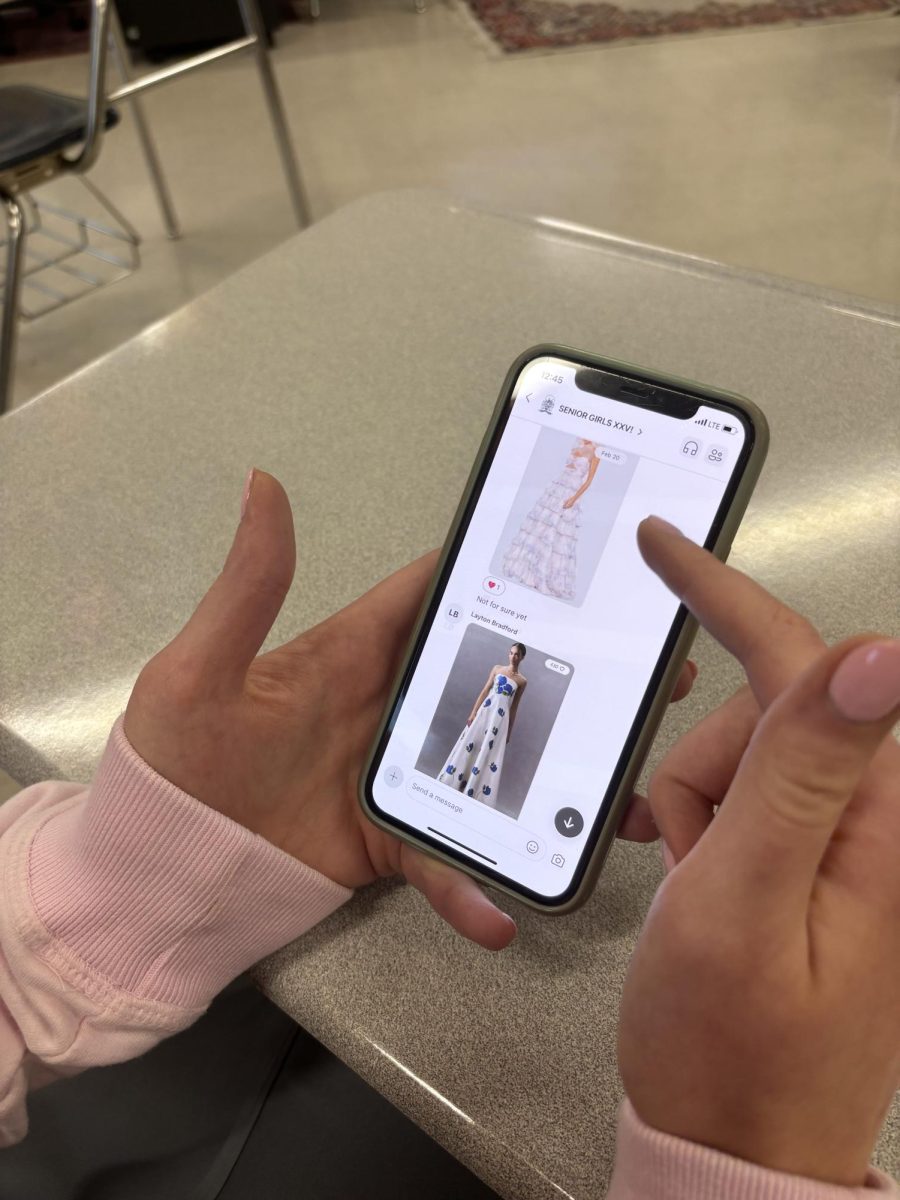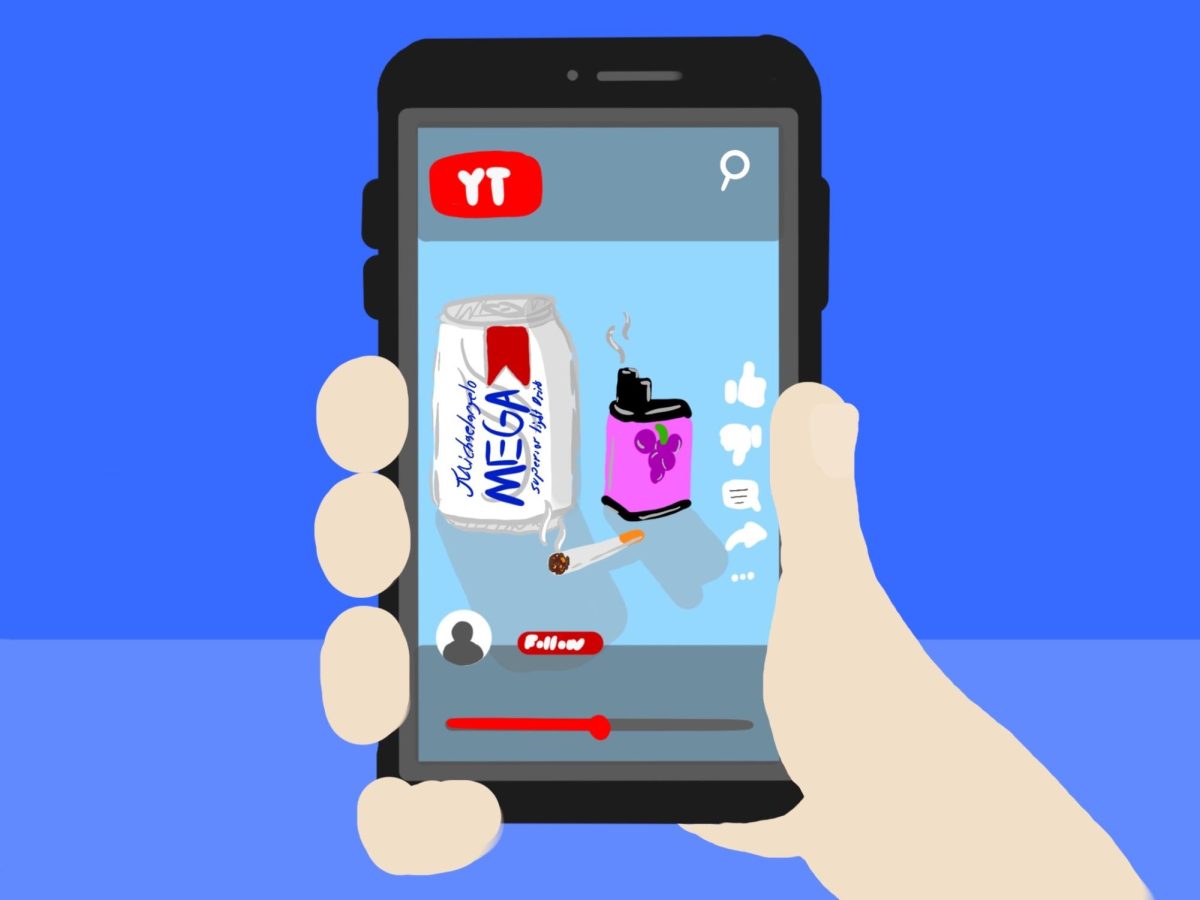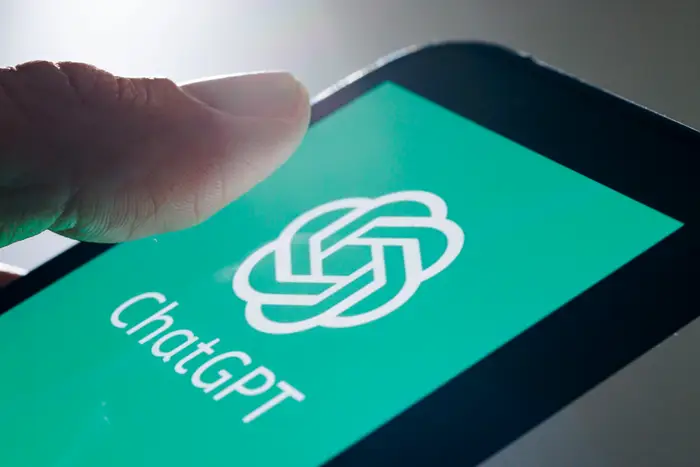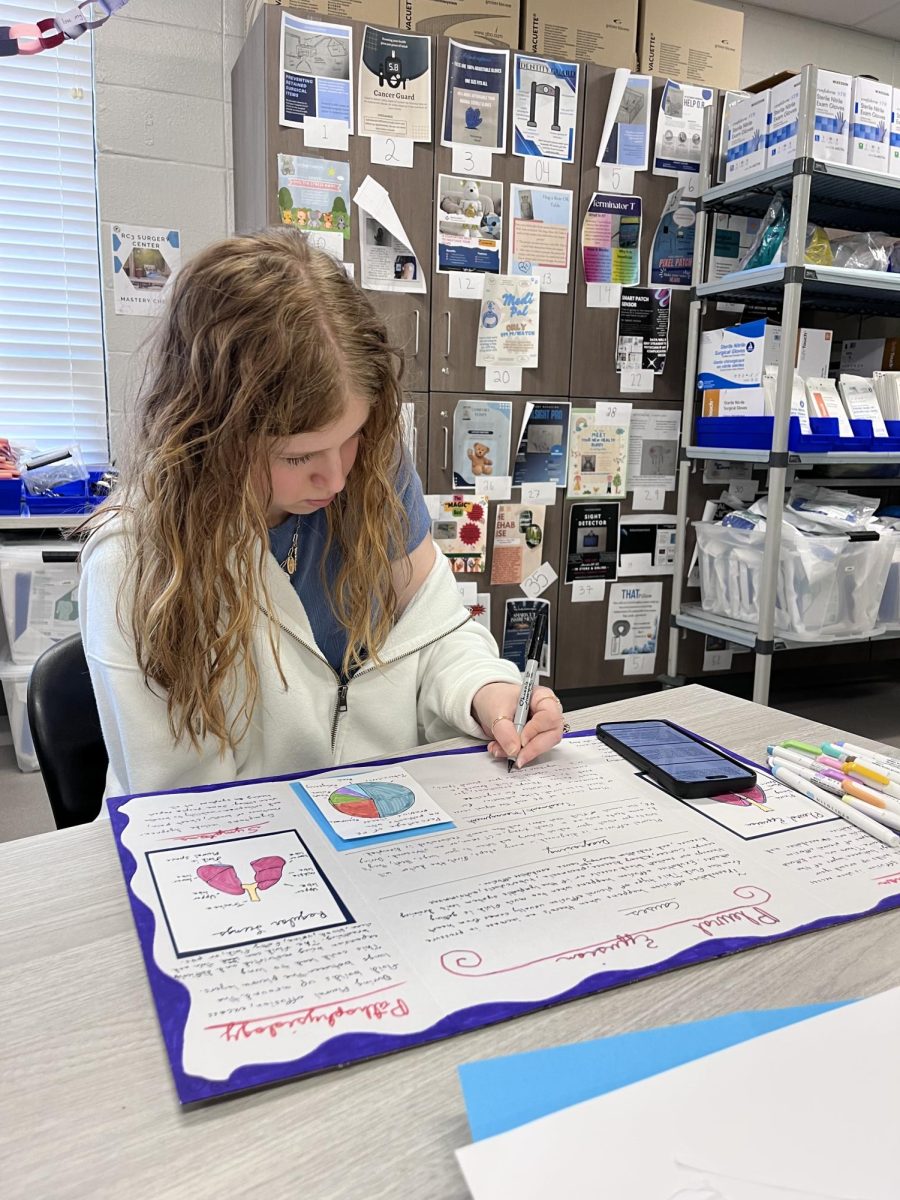Homewood High School is updating its technology policies regarding student cell phones, computers and network connections. In August, the school limited students’ phone usage in class, and in January they finalized phase two of their multi-step plan.
The “one-to-one” plan is a computer policy in which the district provides each student with a personal Chromebook for schoolwork. As funding became available, students were gradually assigned their device beginning with freshmen in August, sophomores in October and finally juniors in January.
From here on, each freshman entering the high school will receive a Chromebook to use for all four years. HHS technology specialist Kristin Clark helped push the initiative ahead of schedule this school year.
“Before this school year, College Board announced they’re expediting all of their tests to be digital,” Clark said. “So then we started looking at how we needed to prepare for the PSAT and AP testing in the spring, so that’s why we sped up our rollout to get everyone adjusted before then.”
While the College Board’s shift to digital testing expedited HHS’s one-to-one rollout, the school has had this policy in the works for years. Various factors made the decision an easy one.
“Testing was not the only reason for it,” Clark said. “There’s a lot that goes into network security when allowing outside devices to connect to it. There’s the management of it when teachers are trying to troubleshoot technology issues with a classroom full of a bunch of different devices. We want to make sure that our teachers have the tools they need to teach academic content successfully.”
One such of these tools made possible by Chromebook congruity is the new Classwize Software, which allows teachers to monitor their students’ devices during class. Teachers can restrict internet connections, close out tabs if students are off task and track activity during online tests.
“I know this is not something students are particularly excited about,” Clark said. “But if you think about it from the learning standpoint, it’s not meant to be spy software for your teacher to just check what you’re looking at throughout the day. It’s meant to be a tool to make sure the focus is on the learning and not the distraction, especially during online tests.”
Clark says teachers can’t see what students are doing online in other classes or when they’re at home, which is a common misconception. Instead, they have monitoring access only when students are in their class and connected to the school internet.
When students bring personal devices, it also creates a liability for the school and families, another reason why the one-to-one policy is favorable.
“I wouldn’t want my child bringing their $1,200 MacBook to school for their friend to step on and crack,” Clark said. “But if that happens with their school one, they can just bring it to me and I can fix it or give them a new one without it being a big deal. We also didn’t want families who couldn’t afford devices at home or the liability of a personal device to feel pressure to buy these expensive computers or to have one device over another.”
AP Computer Science teacher Fred Major is in favor of the one-to-one policy at HHS. From an educator and computer expert perspective, he only foresees positive results from the initiative.
“Everybody having the same device is much easier on [teachers],” Major said. “If somebody’s having trouble I don’t have to say, ‘Oh, you have Mac, you have PC,’ and also I don’t have to worry about everybody having the same tool for file types and other things that are particular to a certain computer.
Major has also made use of the new monitoring software in his classroom, which he believes is a necessity to prepare students for digital AP testing and smooth everyday procedures.
“The monitoring software is interesting,” Major said. “Not only can you monitor people, but you can also send out notifications to students’ computers if there’s something they need to open or read. What I like most is that with AP testing going digital, we now have a lockdown browser and can get students used to what they’re going to see on test day.”
With a new, clearer expectation for his students to limit phone usage in class, Major has seen significant improvements in focus and motivation during instructional time.
“Research does show that your phone, even if it’s in your pocket or near you, can be a distraction,” Major said. “I was in favor of cracking down on it because I would have students immediately raise one of their hands, and then be doom scrolling with the other. I see students now are more likely to ask each other questions, be better problem solvers and be more engaged in general.”
Even with research and results, students are still displeased with the technology crackdown in schools. The phone is like a “crutch” to many students, according to Major, and senior Scarlett Whitaker has seen this effect within herself.
“Being a teenager, I feel like it’s easy to get annoyed with it,” Whitaker said. “I just like having my phone on me, not even really being on it, just having it with me. But as the year has gone on it hasn’t bothered me as much, I’ve actually cut down on my screen time.”
The Freeing Our Children from Unnecessary Screens for Safety Act was introduced to the Alabama Senate, implementing a “bell-to-bell” ban on student cell phones beginning July 1. However, the provisions in the bill are consistent with HHS’s current policies but will make the standards a state-wide requirement.
“The bill verbiage is that the state would come up with a guideline for how to deal with cell phones during instruction time, and then the school either goes with exactly what the state said or above and beyond,” Clark said. “We already do that with our current plan, teachers may have pockets on the wall or a box to put phones in, but the expectation is that phones be put away during instruction. So I think we’re ahead of the game on that, and it’s going really well.”
As for the future of technology at HHS, Clark foresees consistency with the current policies in place. However, students should anticipate a change in the school’s current wide-open public network to become more restricted and secure in the coming years.


